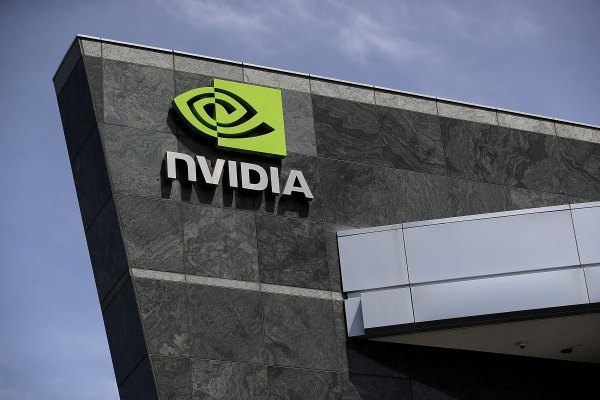
At its annual GPU Technology Conference, Nvidia announced a set of cloud services designed to help businesses build and run generative AI models trained on custom data and created for “domain-specific tasks,” like writing ad copy.
Under the brand Nvidia AI Foundations, each individual cloud service — Nvidia NeMo for language models and Nvidia Picasso for image, video and 3D content generation — includes pretrained models, frameworks for data processing, APIs and support from Nvidia engineering staff. Once models are ready for deployment, enterprises can run run them in Nvidia’s cloud or elsewhere.
As of today, the NeMo generative AI cloud service is in early access. The Picasso service is in private preview. Signing up for either requires submitting an application.
“Generative AI is driving the fast adoption of AI and reinventing countless industries,” Nvidia founder and CEO Jensen Huang said in a press release. “Nvidia AI Foundations let enterprises customize foundation models with their own data to generate humanity’s most valuable resources — intelligence and creativity.”
With the NeMo cloud service, Nvidia says that developers can add domain-specific knowledge and functional skills to text-generating models for use cases like chatbots, enterprise search and customer service. Models available on the service will be regularly updated with additional training data, the company says, and benefit from information retrieval capabilities that augment them with real-time data.
As for Nvidia Picasso, it’s a cloud service for building text-to-image, text-to-video and text-to-3D object models. (While text-to-video and text-to-3D object models are less common now than their text-to-image brethren, vendors are increasingly beginning to experiment with them — anticipating a surge in interest.) Customers can use Picasso to train and deploy models on their data, either using pretrained models from Nvidia or optimizing and running their own models.
In a big customer win, Nvidia says that it’s working with Adobe to co-develop “the next generation of commercially viable generative AI models” on the Picasso platform. They’ll be brought to market through Photoshop, Premiere Pro and After Effects, according to Nvidia, filling out Adobe’s recently-debuted Firefly family of generative AI products.
No doubt eager to avoiding wading into the copyright controversy around generative AI, Nvidia says that it’s collaborating with another party, Getty Images, to train “responsible” generative text-to-image and text-to-video models. The models will be developed using content from Getty Images’ library, Nvidia says, with Getty Images will providing royalties to artists on any revenues generated from the models.
That’s significant given that Getty Images is currently embroiled in a lawsuit against Stability AI, maker of another generative AI service called Stable Diffusion, over using its images to train its AI without permission from Getty or rightsholders. Nvidia, it seems, didn’t want to take its chances — or perhaps wanted to hedge its bets, particularly as similar lawsuits work their way through the courts.
In a related announcement, Nvidia says it plans to partner with Shutterstock, a Getty Images competitor, specifically to train a generative text-to-3D object model using Picasso. Shutterstock’s assets and metadata will be used for training, and Shutterstock will compensate artists via its recently launched Contributor Fund, Nvidia says.
Shutterstock plans to offer the model on its own platform once it’s ready for deployment, complementing the text-to-image tool it already provides through a partnership and licensing agreement with OpenAI.
Credit: Source link


Comments are closed.